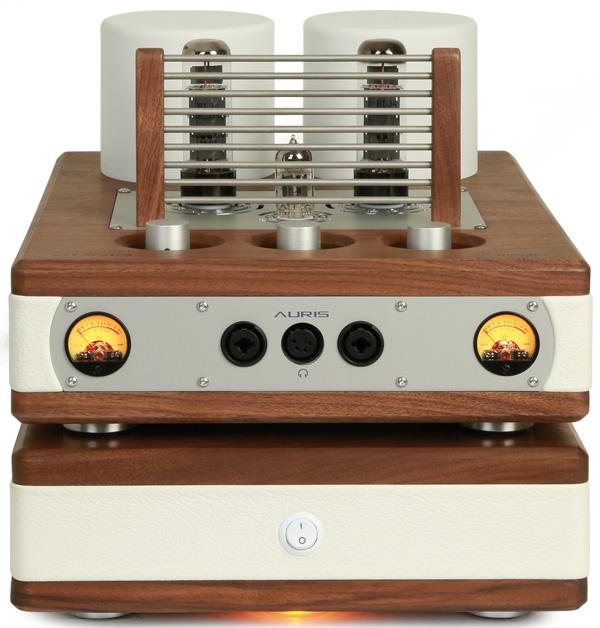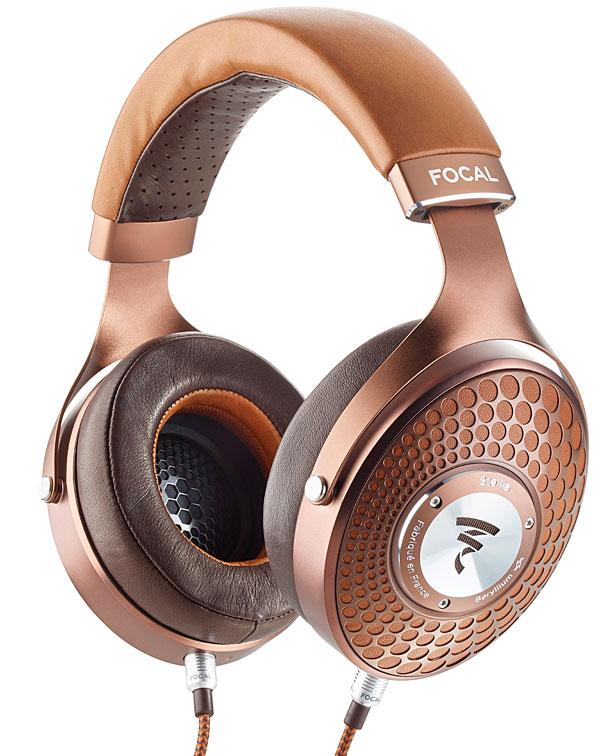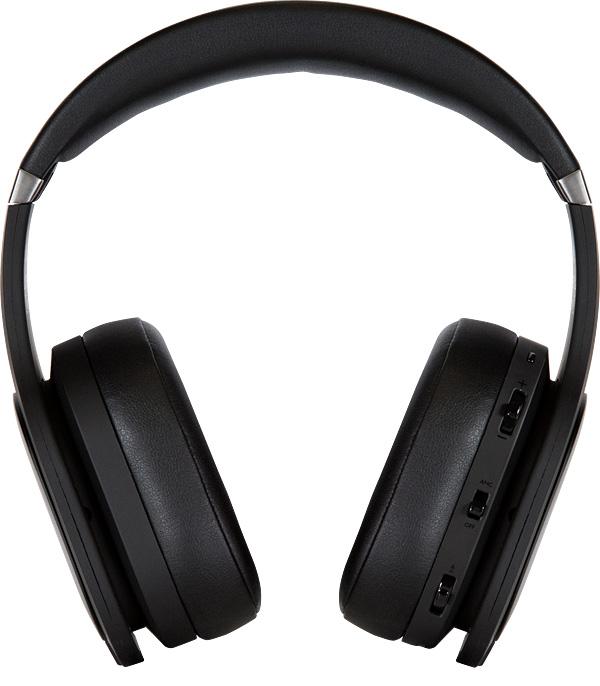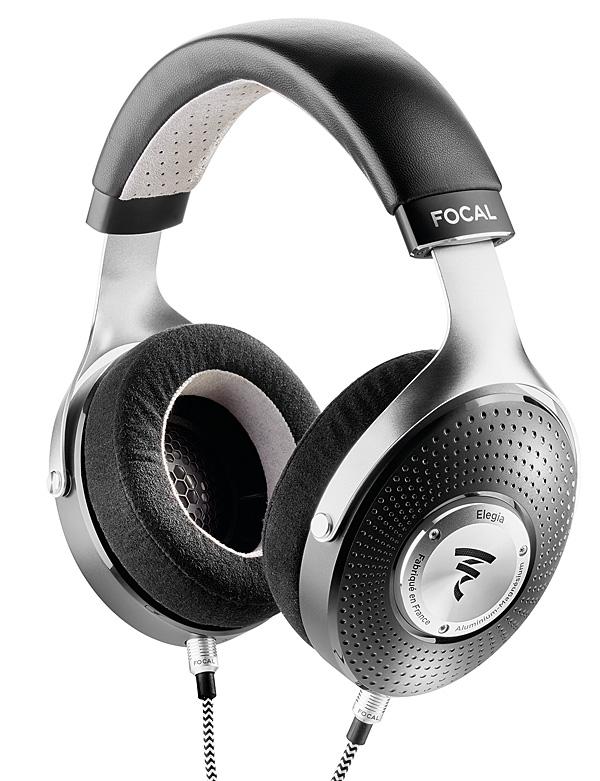Headphones
Sort By: Post Date TitlePublish Date
|
Dec 04, 2019 |
First Published: Jul 01, 2016
|
Dec 03, 2019 |
First Published: Jun 01, 2014
|
Aug 20, 2019
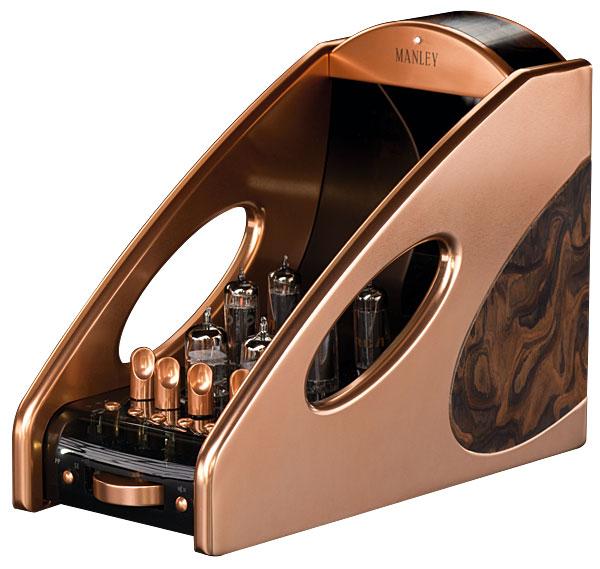
 High-end headphone amps for connoisseurs of cans require total adjustability – has Manley Laboratories delivered the goods with the Absolute Headphone Amplifier?
High-end headphone amps for connoisseurs of cans require total adjustability – has Manley Laboratories delivered the goods with the Absolute Headphone Amplifier?
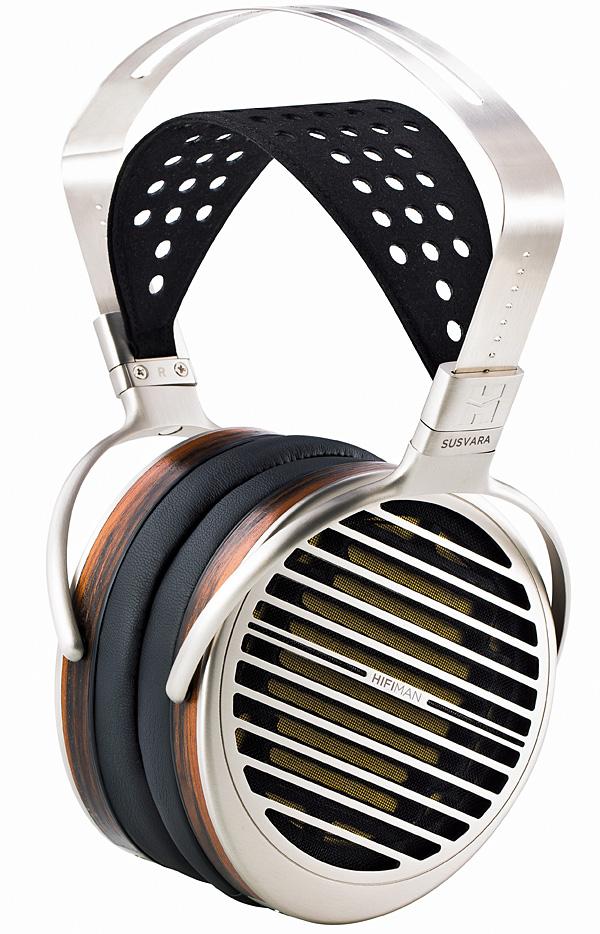
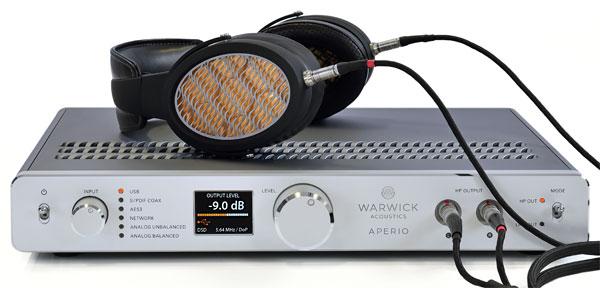
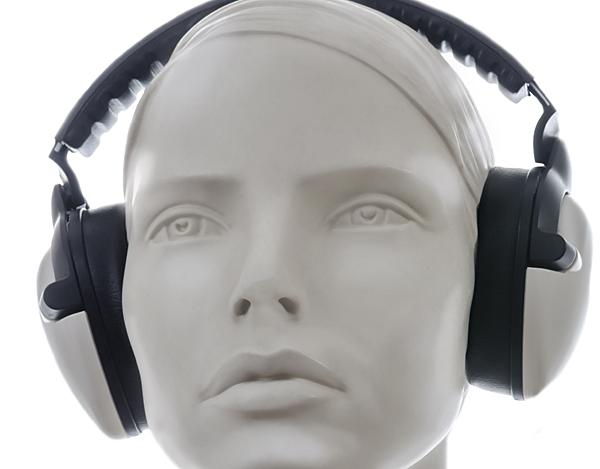

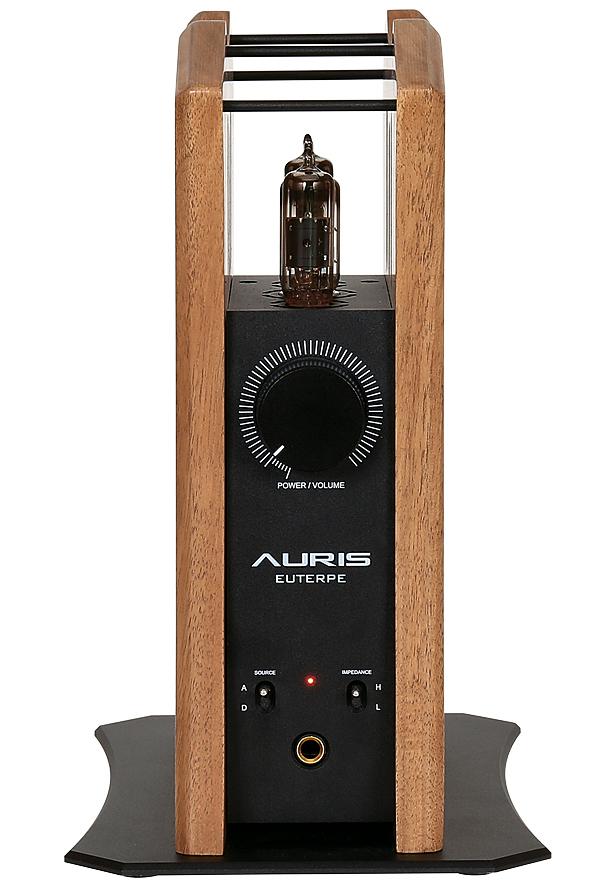
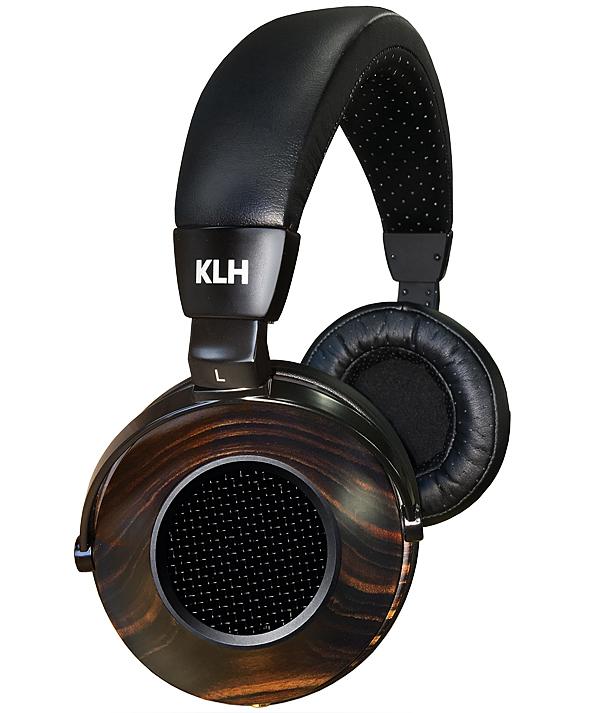
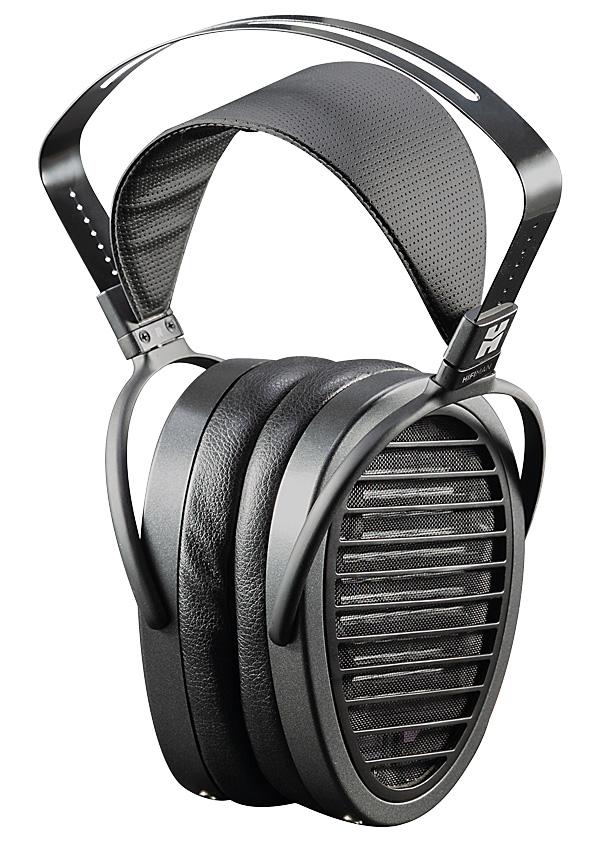

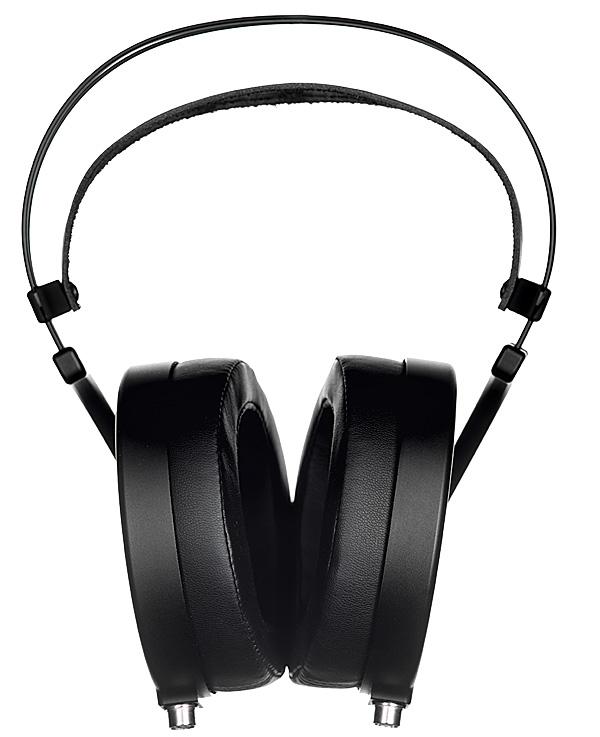
 Taking a load off your mind, these headphones are claimed to be the lightest open-backed planar magnetics around. Great for comfort – but what about the sound?
Taking a load off your mind, these headphones are claimed to be the lightest open-backed planar magnetics around. Great for comfort – but what about the sound?
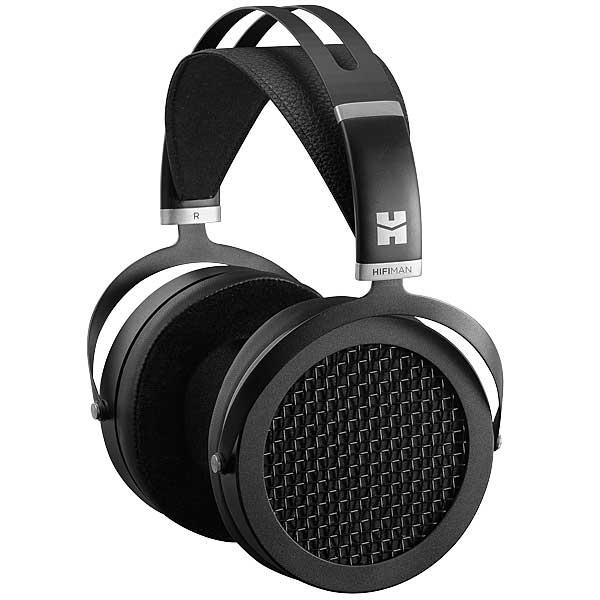
 The Chinese company claims a decade of planar driver technology development with these robust mid-priced open-backed 'phones – are they a cause for celebration?
The Chinese company claims a decade of planar driver technology development with these robust mid-priced open-backed 'phones – are they a cause for celebration?
